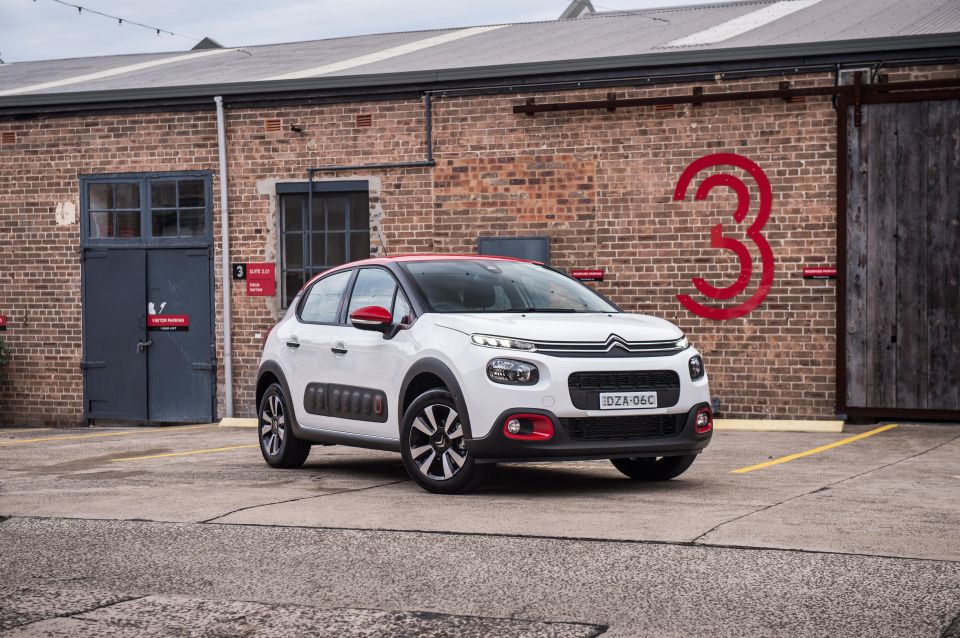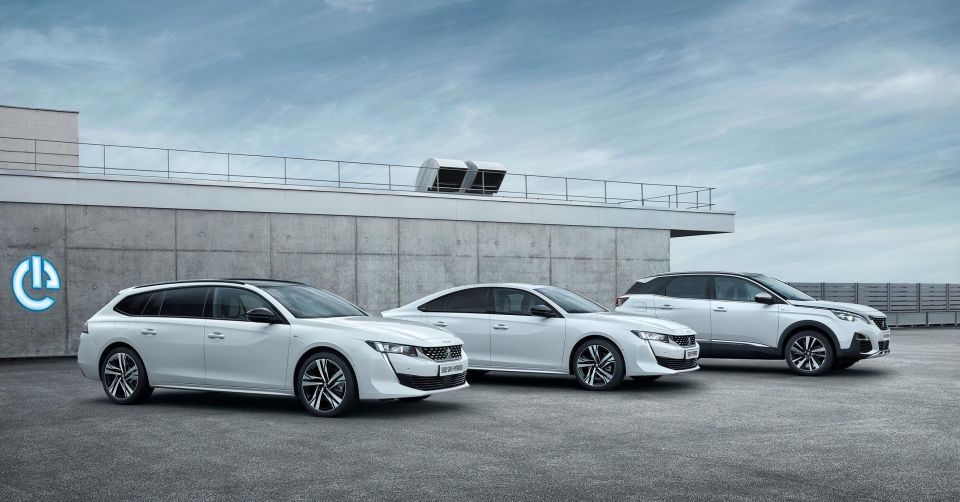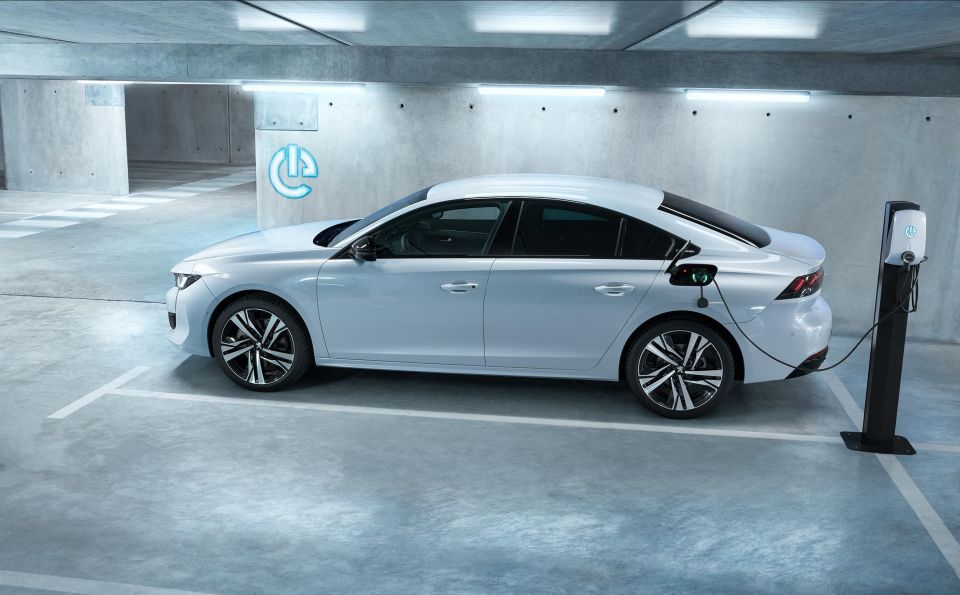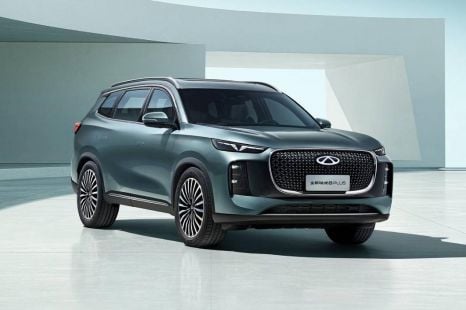

Matt Campbell
2025 Porsche 911 Carrera T review
5 Days Ago

News Editor
Peugeot is weighing the future of the 208 in Australia, putting the updated city hatchback’s arrival on hold until next year at the earliest.
UPDATE, 17/06/20 5:20pm – Peugeot has issued an updated statement since our story was published. We have updated the body of our story and headline to reflect the contents of the statement, which differs from what was communicated earlier today.
The updated statement says:“We are certainly considering the 208 for Australia but cannot confirm the drivetrain it will be available in yet.”
Earlier reports indicated the 208 would touch down in Australia during 2020. Instead, the compact 2008 SUV and updated 308 hatch will lead the charge at the bottom end of the Peugeot range.
Although the 208 is offered with a choice of petrol, diesel, and electric powertrains overseas, CarExpert understands the Ford Fiesta-sized hatchback could be offered only with electric power in Australia. Were the e-208 to come Down Under, it would go head-to-head with the Mini Electric.
It’s not ready to lock in the electric 208 just yet, but PCA has confirmed its move towards electrification will start with plug-in hybrid electric vehicles, though it hasn’t confirmed which.

Earlier reports indicated PCA was looking at a 2020 launch for the 208. Instead of a delay, as has afflicted many other cars in the wake of COVID-19, the local arm has now said the 208 is off the table.
It comes as light car sales continue to trend downwards. Year-to-date, total light car sales in Australia are down 44.6 per cent.
Even pre-COVID, the segment was declining – last year, for example, light car sales were down 17.3 per cent.
In contrast, small SUV sales were flat last year. While not terrific news for automakers, it’s a more promising segment for Peugeot. The company is readying its second-generation 2008, which will do double duty with the 308 as the brand’s entry-level offerings in Australia.

If you’re set on a small French hatchback, PCA will continue to offer the quirky Citroen C3.
The current model arrived here in 2018 but continues to struggle in the sales race. PCA sold just 79 C3s last year, only narrowly beating the 60 sales recorded for the first-generation Peugeot 208, which was on run-out.
The C3 uses Groupe PSA’s older PF1 platform, which underpinned the last 208. The new small Peugeot has moved to the company’s EMP1 platform, also employed by the upcoming 2008 SUV.

Both the 208 and 2008 offer battery-electric versions, in contrast with the larger 3008 SUV and 508 liftback and wagon, of which plug-in hybrid electric vehicles were revealed this year.
With PCA focusing on PHEV models, that leaves the plug-in 3008 and 508 models as possibilities for the Australian market. These models have already been confirmed for a late 2020 launch across the pond in New Zealand.


The 508 Hybrid and 508 SW Hybrid use Peugeot’s PureTech turbocharged 1.6-litre four-cylinder engine with 132kW of power, mated to an 11.8kWh lithium-ion battery and an 80kW electric motor.
Combined system output is 165kW, with an electric driving range of 40km under the stricter WLTP standard. The electrified hatch and wagon are available only with front-wheel drive and an eight-speed automatic transmission.

The all-wheel drive 3008 GT Hybrid4 ups the ante with a second 80kW electric motor, situated on the rear axle. The battery pack is also slightly larger at 13.2kWh, while the PureTech four produces 147kW of power.
All up, the GT Hybrid4 has a combined system output of 221kW. It’s good for 50km of pure electric driving and boasts a 0-100km/h time of 6.5 seconds.
Where expert car reviews meet expert car buying – CarExpert gives you trusted advice, personalised service and real savings on your next new car.
William Stopford is an automotive journalist based in Brisbane, Australia. William is a Business/Journalism graduate from the Queensland University of Technology who loves to travel, briefly lived in the US, and has a particular interest in the American car industry.


Matt Campbell
5 Days Ago


James Wong
4 Days Ago


Max Davies
3 Days Ago


Josh Nevett
2 Days Ago


Josh Nevett
1 Day Ago


William Stopford
13 Hours Ago